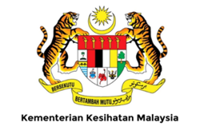IT is getting tougher to treat severe infections in Malaysia, with bugs affecting patients becoming stronger against medicines.
This situation, known as antimicrobial resistance (AMR), is due to the overprescription of antibiotics to patients. It’s also because of the overuse of antibiotics in food production, particularly in the poultry, livestock and aquaculture industries.





